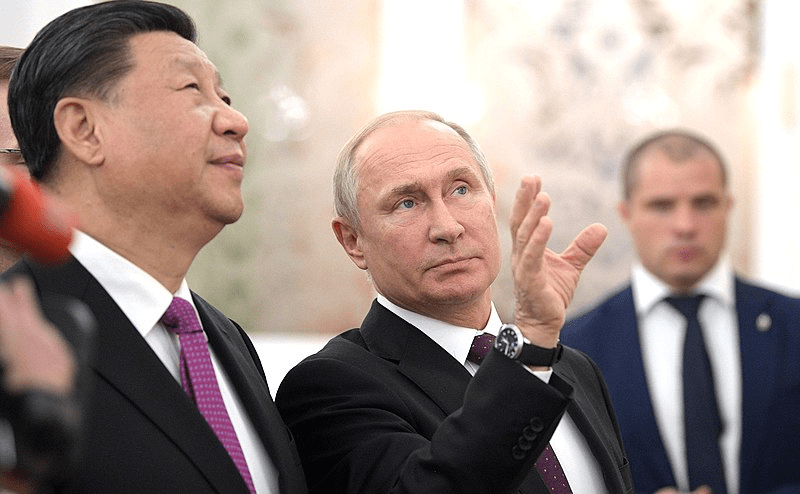
In this Policy Forum essay, Tong Zhao argues that China fundamentally sees the Ukraine conflict as being caused by hegemonic behavior by the US-led West forcing Russia’s hand. China has been watching and learning from Russia’s implicit use of nuclear threat, and the lessons learned may add further ambiguity and uncertainty to the interpretation and application of China’s No First Nuclear Use policy in potential conflict situations, including those involving Taiwan.
Tong Zhao is a visiting research scholar at Princeton University’s Science and Global Security Program, as well as a senior fellow in the Nuclear Policy Program at the Carnegie Endowment for International Peace. His research focuses on strategic security issues, such as nuclear weapons policy, deterrence, arms control, nonproliferation, missile defense, hypersonic weapons, and China’s security and foreign policy.
This essay is a contribution to the “Reducing the Risk of Nuclear Weapons Use in Northeast Asia” (NU-NEA) project, a collaboration between the Research Center for Nuclear Weapons Abolition, Nagasaki University, Nautilus Institute, and the Asia Pacific Leadership Network for Nuclear non-proliferation and Disarmament, is to reduce and minimize the risk that nuclear weapons will be used in the region by developing better understandings of the processes that could lead to the first use of nuclear weapons and the potential outcomes of such nuclear weapons use. In the first year of this three-year project, the NU-NEA project team identified over 25 plausible nuclear weapons “use cases” that could start in Northeast Asia, sometimes leading to broader conflict beyond the region. These nuclear use cases are described in the report Possible Nuclear Use Cases in Northeast Asia: Implications for Reducing Nuclear Risk. The project has commissioned five contributions to update the cases in light of the Ukraine conflict, of which this essay is the second.
No comments:
Post a Comment